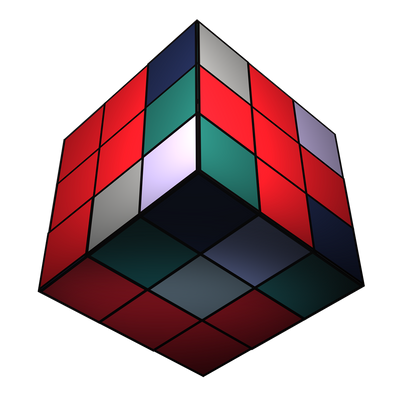In today's tutorial, we'll guide you through the process of creating a dynamic shadow and light effect in your motion graphics projects.
Whether you're an experienced After Effects user or a beginner looking to enhance your skills, this step-by-step tutorial will help you master the art of adding dynamic light and shadow effects to your compositions.
So, let's dive right in and bring your animations to life!
Step 1:
- Select all your Layers (cmd+a on Mac, ctrl+a on Windows)
- Right click on any layer, and click on “Pre-Compose”
- Name your Composition “Scene”
Step 2:
- Create or import any object that you want to emit the Light from.
- You can create a simple circle for this step
- Add Keyframes to the object’s position to create a simple animation.
Step 3:
- Duplicate “Scene” Composition, let’s name it “Scene Shadow”
- Drag “Scene Shadow” below the composition called “Scene”
- Go to the “Effects” Panel, you can find it by going to “Windows -> Effects”
- Search for “CC Radial Fast Blur”
- Drag and Drop it onto the duplicated composition “Scene Shadow”
Step 4:
- Change the Effect’s Center to match the center of the object
- Drag the center’s pickwip and parent it to the position parameter of the object
- Increase the blur amount to 80
- Go to “Effects” Panel
- Search for “Fill”
- Drag and Drop it on the composition called “Scene Shadow”
- Change the color to match your Scene
Step 5:
- Create a Solid Layer (cmd+y on Mac, ctrl+y on Windows)
- Make a circular mask and increase the feather to 100
- Adjust the solid’s position to be centered with the object
- Link the position of the solid to the position of the object
Step 6:
- Duplicate the composition “Scene”, let’s name it “Scene Light”
- Go the “Effects” Panel
- Search for “Brightness & Contrast”
- Drag and Drop the effect on the composition called “Scene Light”
- Adjust the Brightness to 120
- Adjust the Contrast to 40
- Use the created Solid as a Matte
And there you have it, a captivating dynamic shadow and light effect that will take your motion graphics to the next level.
We hope you enjoyed this tutorial and found it helpful in your creative journey. If you did, don't forget to follow for more weekly tutorials to boost your After Effects skills and stay up to date with the latest techniques.
Until next time, keep creating and innovating!
